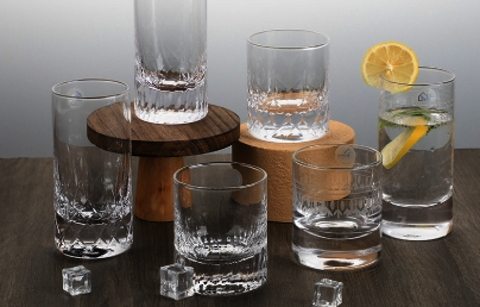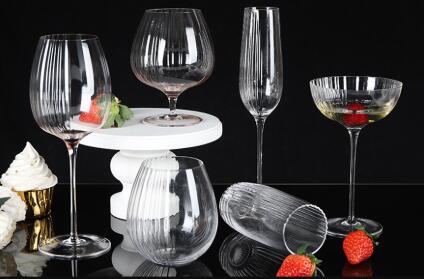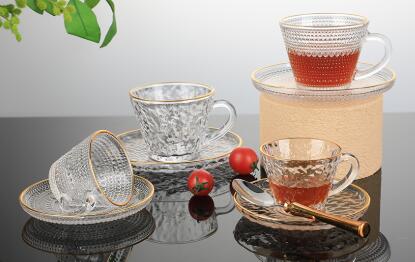How to pick a high quality glass cup
Pulished on Apr. 12, 2019When you go to supermarket, do you really know how to pick a good quality glass cup?Below 3 suggestions is for reference.
1.The raw material should be pure. There will be lines, bubbles or sand on the glass housewares if the glass material is not pure,
"Line" refers to the appearance of streaks on the surface of the glass body. The rough grain can be felt by touching and the fine lines must be seen against the light.
"Bubble" refers to a small cavity formed by the inclusion of air in the glass body. According to the formation reasons, it can be divided into two types: the material bubble and the operation bubble. The material bubble is located deep in the vitreous, which looks like a small circle from the outside. The operation bubble is exposed, and some are like fish eyes. When you poke it, you will pierce the hole. Some are like the small flaws on the fruit and it be can easily peeled off.
"Sand" refers to unmeltted white granular silica sand embedded in the glass and other particulate impurities. It is more difficult to figure it out when the sand is embedded in a thicker bottom or under the cover of the brushed color.
Because the composition and the expansion coefficient of sand and glass is different. It can be separated from the glass body or even cracking the glass if there is a slight collision. Sometimes, although there is no collision, the sand will be separated from the glass body due to temperature changes, which causes the glass bursting automatically.
2.Thickness should be consistent. It means that the distribution of the glass materials in each part of the drinking glass cup should be evenly proportioned.
The glass cup should be observed against the light when you choosing it. The thickness is consistent if the light perception is consistent and integrated. The thickness is inconsistent if the difference between the light and dark is too large. If the shoulder of the cup is too thin, it is generally not easy to find. When you look against the light, you will find that the thin place is too bright.
Drinking glasses for different purposes have different thickness requirements.
Tea sets should be thinner, while wine and cold drinks can be slightly thicker. The bottom of the general drinking utensils should be slightly thicker, but if it is too thick, the heat transfer is slow, and it is easy to crack when exposed to heat. The four walls should be slightly thinner than the bottom, but if it is too thin, the strength is too low and not strong. When selecting the glassware, seeing from the outside, the bottom should be horizontal, not be a shape of slope or the shape of
Bottom of the pot. You can make a pleasant sound by flicking the walls of the glassware.
3. The appearance should be nice.
The surface of the glass cup is not smooth, and the mechanism one has cold stamping marks while the blowing one has the squeeze material and the gas eye printing mark. It can be seen that the knife mark is the same as the mark of the whole container rack
The knife mark can be seen which is not same as the mark of the whole container rack and the printing stamp when it is observed against the light.
The geometry is not correct. The circle is not round, the flat is not flat, and the straight is not straight.The cup lid to the pot is too loose or too tight on the neck of the pot, or too hanging without falling to the shoulder of the pot.
The same set of drinking utensils, Pots, cups, plates are inconsistent in shape and inconsistent in artistic style. It is not only affecting the appearance of the glassware’s but also easy to damage the glass body.
Glass products are not standard, not only affect the appearance, but also easy to damage.









